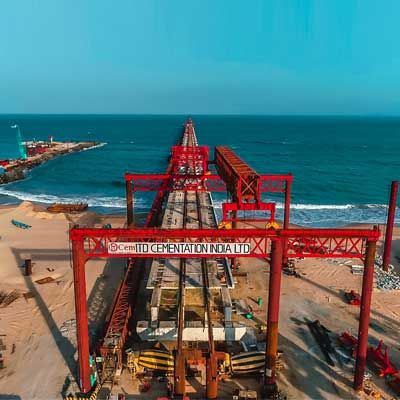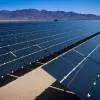- Home
- Infrastructure Urban
- ECONOMY & POLICY
- Rupee weakness to hit infra projects funded via ECBs
Rupee weakness to hit infra projects funded via ECBs
India Ratings & Research (Ind-Ra) said the ongoing depreciation of rupee against the dollar is eroding the cost advantage of external commercial borrowing (ECB) for domestic infrastructure projects.
Companies preferred to raise funds through ECB as interest rate charged on such loan is cheaper that credit in the local market.
However, the depreciation of rupee against the dollar will increase the debt service commitments in rupee terms and hence reduce the advantage of interest rate differential between ECB and domestic borrowing, Ind-Ra said.
Since some projects incur varying proportions of capital in foreign currency, the ECB acts as a natural hedging tool for payments to vendors in foreign currency over a fairly long construction period. However, debt servicing remains exposed unless hedged, which is rarely the case, the rating agency said.
Based on its portfolio of rated projects, Ind-Ra estimates a savings of around 6 percent to 15 percent of the total debt service obligations on account of ECB funding. These savings are, however, limited to the initial three to five years of debt amortisation.
The benefits in the initial years of project stabilisation are expected to come at the expense of higher cash outflows, thanks to the unhedged exposure and heavily back-ended amortisation in the later years of the project life cycle, the agency said.
India Ratings & Research (Ind-Ra) said the ongoing depreciation of rupee against the dollar is eroding the cost advantage of external commercial borrowing (ECB) for domestic infrastructure projects. Companies preferred to raise funds through ECB as interest rate charged on such loan is cheaper that credit in the local market. However, the depreciation of rupee against the dollar will increase the debt service commitments in rupee terms and hence reduce the advantage of interest rate differential between ECB and domestic borrowing, Ind-Ra said. Since some projects incur varying proportions of capital in foreign currency, the ECB acts as a natural hedging tool for payments to vendors in foreign currency over a fairly long construction period. However, debt servicing remains exposed unless hedged, which is rarely the case, the rating agency said. Based on its portfolio of rated projects, Ind-Ra estimates a savings of around 6 percent to 15 percent of the total debt service obligations on account of ECB funding. These savings are, however, limited to the initial three to five years of debt amortisation. The benefits in the initial years of project stabilisation are expected to come at the expense of higher cash outflows, thanks to the unhedged exposure and heavily back-ended amortisation in the later years of the project life cycle, the agency said.




















